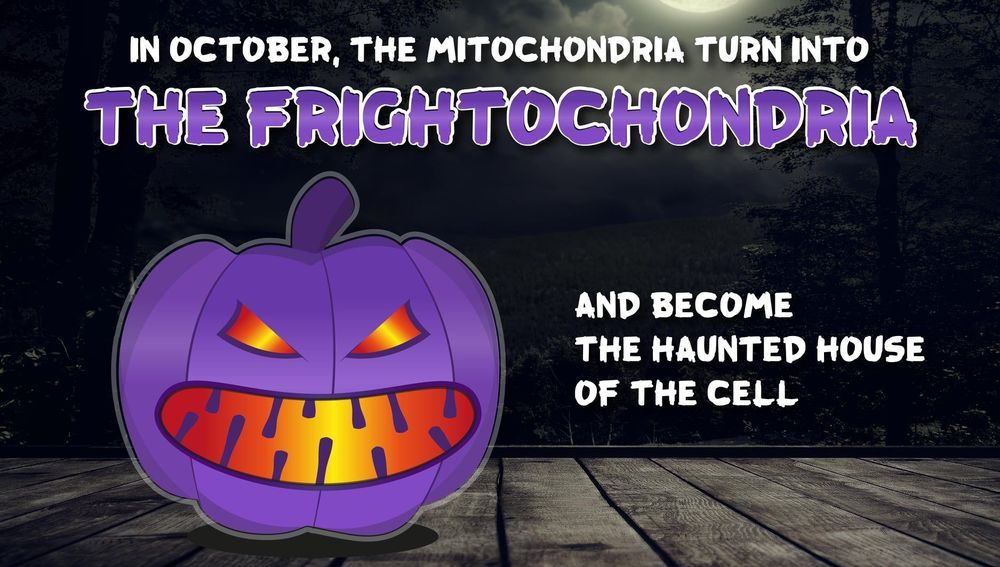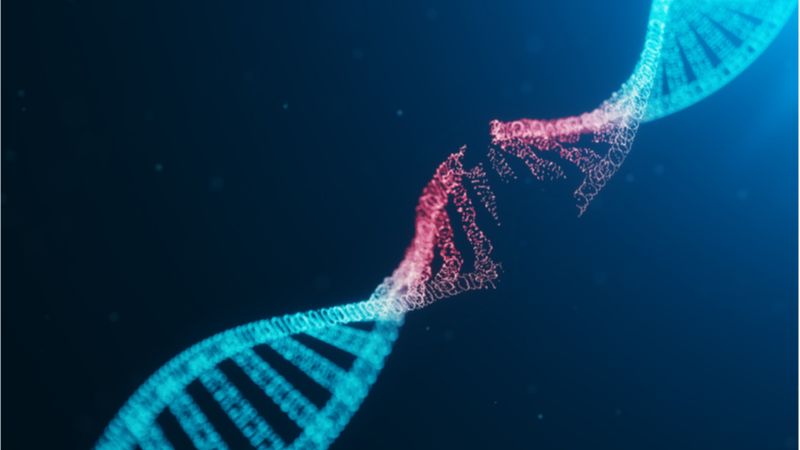This purpose of this video is to GET DR. BILL ANDREWS ON THE JOE ROGAN EXPERIENCE. You can help make this reality in many ways. Please start by joining the Facebook group: GET DR. BILL ANDREWS ON THE JOE ROGAN EXPERIENCE: https://www.facebook.com/pg/Get-Dr-Bill-Andrews-on-The-Joe-R…e_internal
I believe we can get closer to reversing human aging by finding stronger human telomerase activators if Dr. Bill Andrews/Sierra Sciences receives more funding ($50 million USD would probably be enough for Dr. Andrews and his team to discover stronger human telomerase activators within a year).
My mission is to drastically improve your life by helping you break bad habits, build and keep new healthy habits to make you the best version of yourself. I read the books and do all the research and share my findings with you!
- My book review of Telomere Lengthening: Curing all diseases including cancer & aging by Dr. Bill Andrews: https://youtube.com/watch?v=5ODN5DIMz6c&t=6s
- telomere shortening does not occur in our human reproductive cells; I (Brent Nally) believe this is why babies are not born the same age as their parents.
- Watch the documentary “The Immortalists” about Dr. Bill Andrews & Dr. Aubrey de Grey: https://theimmortalists.com/watch/?
- Watch my interview of Dr. Aubrey de Grey: https://www.youtube.com/watch?v=TquJyz7tGfk&t=2s
- lack of funding is preventing a cure to human aging.
- Dr. Andrew’s Facebook: https://facebook.com/telomere.bill.andrews
- Dr. Andrew’s LinkedIn: https://linkedin.com/in/william-h-andrews-5455b45/
- Dr. Andrew’s Wikipedia: https://en.wikipedia.org/wiki/William_H._Andrews_(biologist)
- Sierra Sciences website: https://sierrasci.com/
- https://defytime.com/product/telomere-aging-care-capsules/
- Forever Labs 1 year free cryogenic storage discount code ($250 value): BN801






